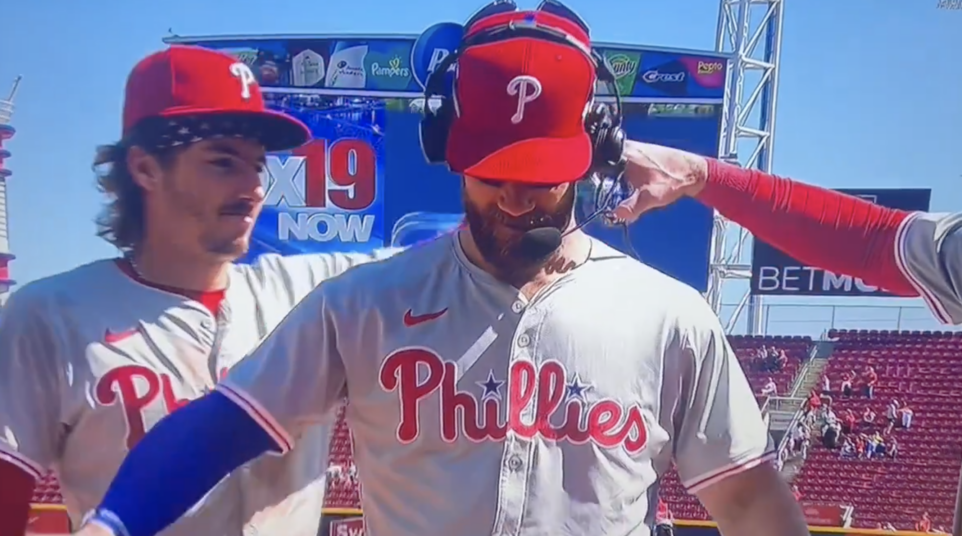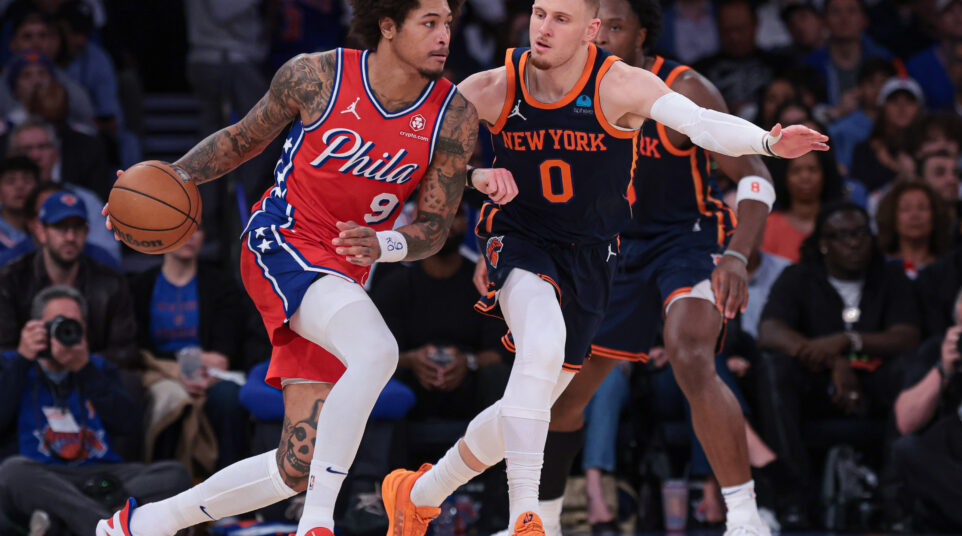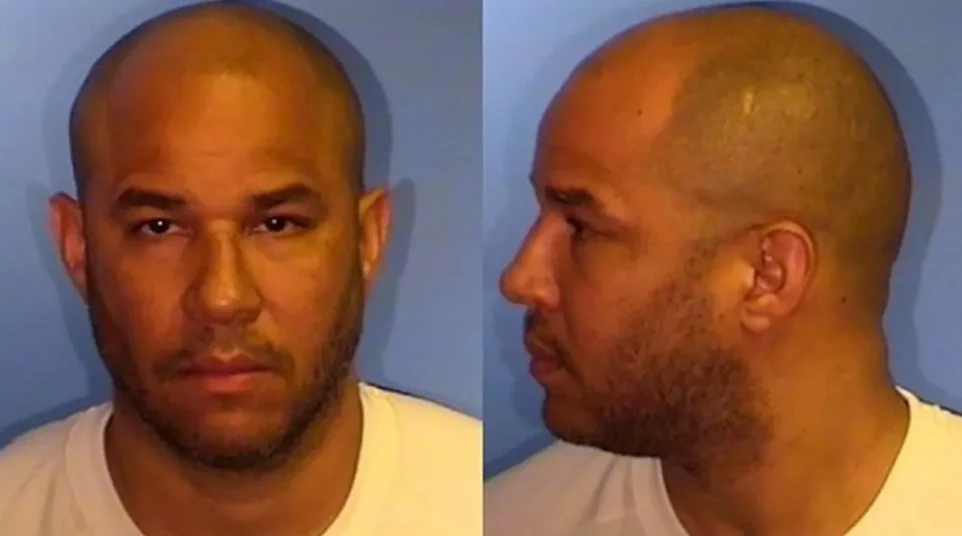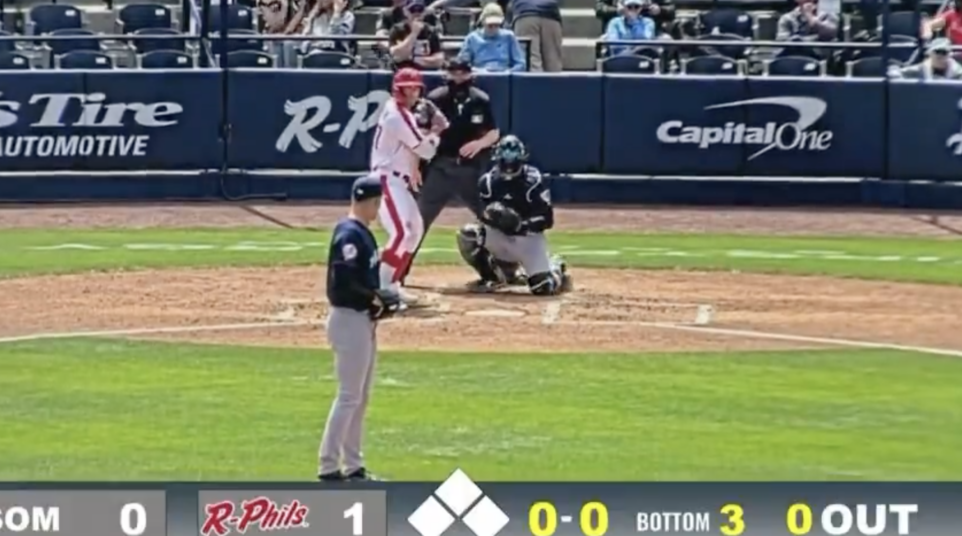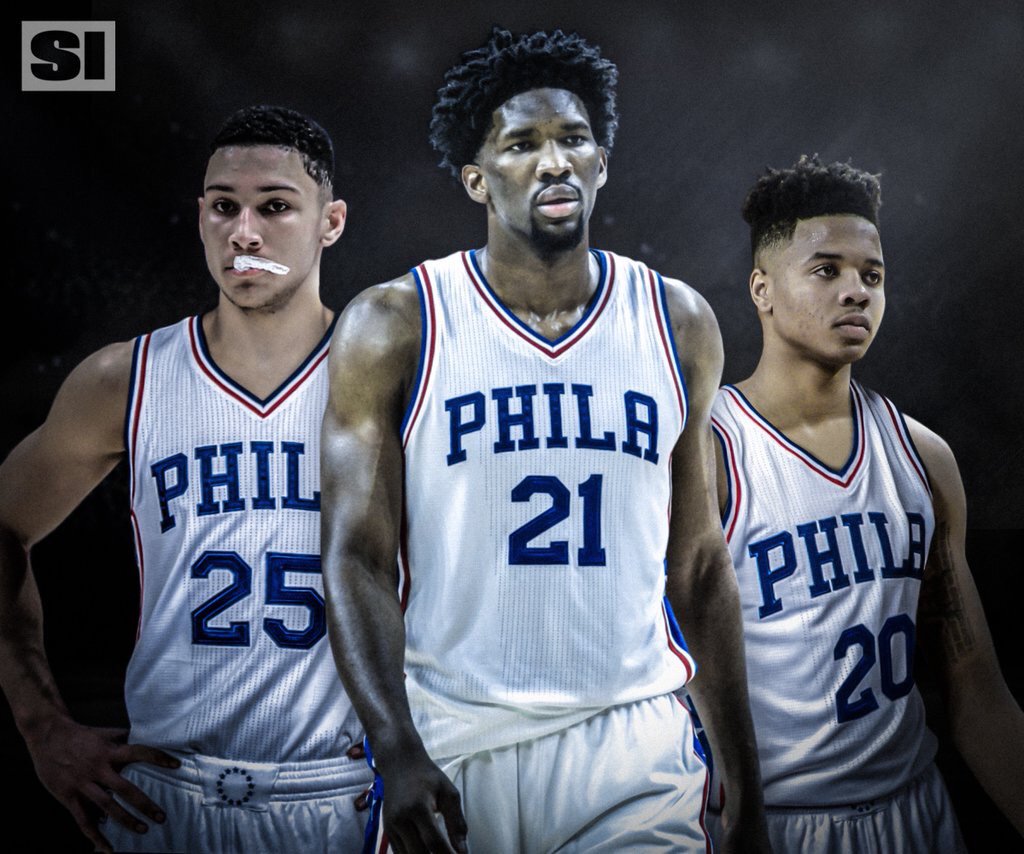
This Is the Culmination of the Process

For the past four years, the Sixers have undertaken an unprecedented tanking operation in order to secure top draft picks for the purpose of building a dynasty-caliber team. It feels longer. Andre Iguodala sinking the game-winning free throws to advance past a depleted Chicago Bulls team, Philly’s last playoff series win, feels like forever ago. Losing has that effect on the space-time continuum. In the interim, we’ve seen intentional ineptitude, traded draft picks, flipped players, swapped picks, and countless arguments over the merits of it all. Could such an unprecedented, pragmatic, business-like approach to running a sports team ever succeed?
Now here we are. As it stands today, the Sixers will have arguably the best player from three of the last four drafts. If healthy, they could have the best big man in the game, the most promising prospect to enter the draft in five years, and a consensus stud lead guard. All of the major pieces, on paper, fit together. Add in Dario Saric and a handful of players who’ve displayed an ability to earn major rotational minutes on a good team, and the Sixers have a clear path to move forward, with the most cap space in the league. Even the most hardened old-school take artist has to be happy with the position in which the team currently finds itself, and had you told them just four years ago that this would be the case, I imagine most would’ve signed on without even considering the fine print.
The decision to trade with the Celtics for the number one pick represents the culmination of four years of measured, pragmatic decisions. Sam Hinkie’s detractors will say that “anyone can lose.” That’s true, but it conveniently ignores the fact that the Process consisted of much more than losing for the sake of increasing draft odds (as big a part of the strategy as that may have been). The Process, or at least Hinkie’s version of it, was to increase the odds in the Sixers’ favor ever so slightly, every step of the way. Mere mortal GMs may have succumb to the pressure of media dolts calling for the Sixers to build around Michael Carter-Williams or Jahlil Okafor, two guys who showed advanced abilities as rookies even though they are not the sorts of players the modern game values. Indeed, Hinkie could’ve formed a playoff-caliber team in their likeness, but what would have been the point in a conference with LeBron James and a league with the Golden State Warriors? This is the path the Sixers choose for essentially 30 years, and the only notable results it bred were a few seasons where a superstar carried the team on his tiny back until the weight became too much to bear. Something had to change.
For a generation of Sixers fans – call it anyone under 40 – losing was all we knew. With the exception of those three or so years where the Sixers contended with Allen Iverson, our team was a laughingstock, and in the later years had undertaken horrible contracts for the sake of getting into the playoffs only to get waxed by much better and deeper teams. So when presented with the notion of going all-in on a process that would put a terrible team on the floor, but carry with it the potential for greatness, the decision to get on-board was an easy one. This is a notion that was offensive to old talkers, guys who exist solely because of their ability to scream and yell, ostensibly on behalf of the fan, but mostly for their own personal benefit. It was an affront to everything they knew about sports. Losing on purpose? HOW DARE YOU! But to a younger generation, losing on purposes with the ultimate goal of winning – and winning often – seemed way more interesting than signing a 32-year-old power forward with knee troubles who might be able to earn you a second round playoff birth.
So we applauded every step of the way (or at least most of them– I was not quite a blind-loyalist to Hinkie the way many were, because there were some faults in his plan) as Hinkie jettisoned Jrue Holiday, and then the rookie of the year, and then the former second overall pick, and veterans, and took on bloated contracts, in exchange for picks years down the road. At times it seemed like the Sixers would never cash in all of those chips. They seemingly preferred to kick the can down the road. But in reality what they were doing was turning that dial ever so slightly in their favor. A pick swap with the Kings is the best example of this. Hinkie saw the possibility that Vlade Divac had, quite frankly, no idea what he was doing and was building a poorly constructed team destined to fail. Why not take a chance on being the beneficiary of their ineptitude? Why not let the Lakers pick received in the MCW trade roll itself over and potentially not vest for four years if it meant the chance of becoming a truly valuable asset?
All these little things, each step of the way, is what the Process was about. Sure, losing gave the Sixers their own valuable draft picks, not all of which worked out. But again, the point was to increase the odds in their favor. Spiking one season for the chance to land a high lottery pick is fine, but what if you draft Jahlil Okafor over Kristaps Porzingis? What then? Every great player who wasn’t taken number one leaves in his wake the corpses of GMs who whiffed on their one big chance. Even the brightest basketball minds fail to see greatness within their reach or simply are the victims of bad luck when players like Porzingis develop rapidly and unexpectedly. Player evaluation in any sport isn’t a binary process– there are just different variations of certainty. But by increasing your chances, and as such increasing your odds of success, you create a situation where failure becomes almost impossible. That’s why you draft three centers in a row, because even if two of them turn out not to be the right fit, one of them could be great. Joel Embiid is great. Who cares that Nerlens Noel (who might get a max contract, by the way!) was traded for almost nothing, or that Jahlil Okafor is stuck in a no-man’s land and has a skill set the league hardly values anymore. Drafting Noel and Okafor was in service of drafting Embiid. They were at-bats 1 and 3 in a 2-for-4, two-home run game. Just like the greatest baseball mashers don’t hit one out of the park every at-bat (or even most of them), the best GMs won’t make the right pick every time. But when you give yourself the most chances, you’re bound to put one over the fence. This concept was lost on some, who wanted to focus on each individual decision rather than the big picture. But playing the long game, putting the odds in your favor, is what yields Embid. It’s what allowed the Sixers to land the number pick – in their third attempt – in a draft with maybe the best prospect in five years. And it’s what gave them the ability to move up in a draft where they identified a potential superstar in Markelle Fultz.
It wasn’t just luck that the Kings pick swap, which allowed the Sixers to move up from 5 to 3, conveyed. It wasn’t just luck that the Lakers’ pick didn’t convey for three years and thus became unprotected next year. Sure, it had something to do with it, but by constantly putting the odds in their favor, the Sixers, for lack of a better phrase, created their own luck. The anti-Process folks are right in that Hinkie couldn’t foresee what would become of his assets. But what he knew was that eventually all of those little things would work in the Sixers’ favor and create a situation in which they would have an embarrassment of riches – Bryan Colangelo called it “house money,” which I think is a good way to describe it – and could afford to perhaps overspend when the time was right, to outbid the Lakers with their very own pick. Without the pick swap, without the goofy conveyance of the Lakers pick, the Sixers are either not in a position to trade up for the number one pick or, maybe worse, would’ve had to use their own picks, and more of them, to get the deal done. That’s why arguments that the Sixers gave up too much ring hollow. They gave up someone else’s pick. No matter how the future pick conveys to the Celtics, the Sixers will still, as it stands today, have three first round picks over the next two drafts. This is in addition to landing the best player in three of four drafts.
Detractors will rail against the method they took to get here. But let’s go back to 2013 for a moment. Each of the four Phillly sports teams were more or less in the same spot– each was perhaps a fringe playoff team on different trajectories. The three other teams, though each may have landed on their own version of tanking, went about things more conventionally. The Phillies did… whatever the fuck that was for three years. The Flyers continued to try to buy their way into greatness until Ron Hextall decided to slow their roll. And the Eagles have repeatedly just gone about their business of trying to win now-ish. Where has that gotten any of them? Though they might not have the best team next season, it’s clear that the Sixers have, by far, the highest ceiling of any of the four major sports teams. Both the Flyers and Eagles – each with their own high-level draft pick – are certainly well-positioned, with the Eagles thinking they’ve found their franchise quarterback and the Flyers feeling very good about young prospects and the number two pick in the draft this year (which happened to be all luck). But for all the yelling and crowing about the Sixers’ method, not one of the other four teams have won a playoff series in the time it took the Sixers to tank and then cash in their assets. Think about that for a second. We’ve had to endure years of yelling about the sanctity of sports, and yet none of the other three teams, each of which went about things more traditionally, were able to reach the second round of the playoffs, and none are in a better position, today, to become great.
Nothing is guaranteed in sports. Short of adding Kevin Durant to the best team ever, any player signing or pick carries with it some risk. The Process may not yield a championship, but neither has any effort the Eagles, Flyers or Sixers have undertaken in the last 30 years. What it has done, however, has given the Sixers maybe the best crop of young talent in a decade, in any sport. And I dare you to find anyone who, four years ago, wouldn’t have signed up for it if you told them the Sixers would walk away with three potential stars.


